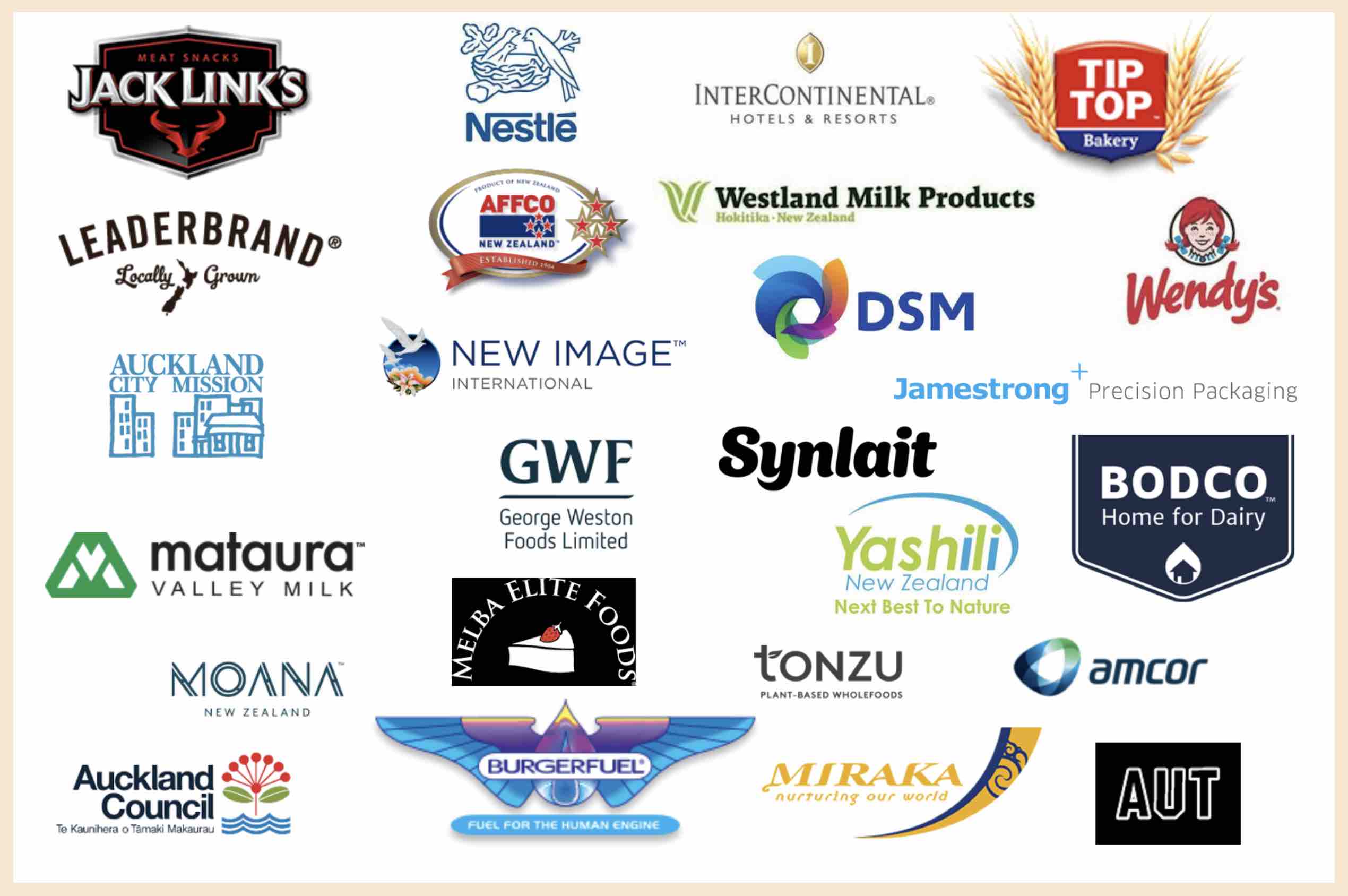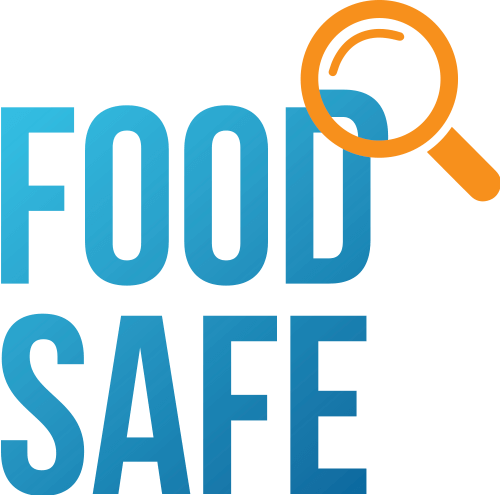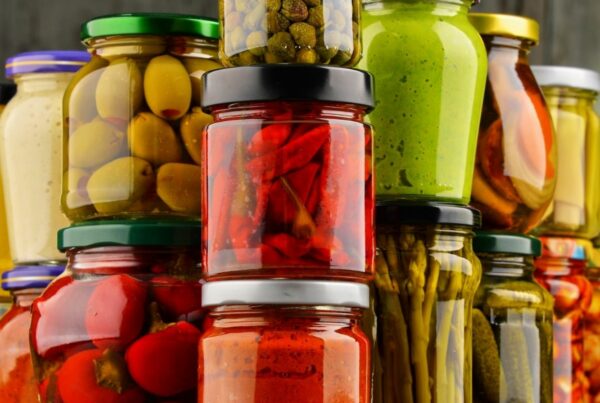Aspartame: What is it?
Aspartame or E 951 is a non-nutritive intense sweetener. It contains 4 calories per gram (g), the same calorie count per gram of sugar.
However, it’s approximately 200 times sweeter than sugar.
Aspartame is used as an alternative to sugar as a sweetener but is added at much lower concentrations and is found in ‘diet’ beverages, foods, and ‘low-calorie’ products.
The World Health Organisation expert committee JECFA has reaffirmed that it is safe for a person to consume Aspartame within an acceptable daily intake (ADI) of 0–40 mg/kg body weight per day.
This conclusion was based on the data re-evaluated in June 2023 indicating no sufficient reason to change the previously established acceptable daily intake, in place for a number of years.
This blog post was updated on 20 July 2023 to reflect the JECFA’s most current statements and recommendations, viewable in full below.
Acronyms and Terms
Carcinogen: A substance, organism, or agent capable of causing cancer.
Most carcinogens work by interacting with a cell’s DNA to produce mutations.
WHO: Stands for World Health Organization and reviews food items including Aspartame amongst many other ingredients and products, for the risks they can potentially pose to consumers.
This is important so specific measures can be taken to avoid, limit or minimise exposure to them.
Several factors influence whether a person exposed to a carcinogen will ultimately develop cancer, including:
- Duration or amount of the exposure (daily intake in this case)
- Exposure to environmental stress factors
- Individual’s diet, immunity & micro-biome make up
- Individual genetics
Amino acids: are the building blocks that form proteins. Protein, in turn, is used to build cells, muscles and hormones, and more in the body.
There are about 20 amino acids that make up protein. Nine of these amino acids are called essential. This means that people have to have them, they are necessary, but the body cannot form them by itself.
Consumers get them through dietary intake.
Phenylalanine: is an essential amino acid also used to make Aspartame synthetically. Natural sources of phenylalanine are milk, eggs, cheese, nuts, soybeans, chicken, beef, pork, beans, and fish.
Phenylketonuria (PKU): is a metabolic disorder when a person is unable to break down a common amino acid called phenylalanine. Aspartame is made up of two amino acids, phenylalanine, and aspartic acid.
Untreated PKU in children can cause seizures and disabilities. In pregnant women, high levels of phenylalanine can cause heart defects in the baby or brain damage.
One of these non-essential amino acids that the body can produce itself is aspartic acid.
A potential health challenge that occurs in some people is (if and when aspartame splits into its component parts of aspartic acid and phenylalanine) inability to break down increased phenylalanine levels which could result in a potential PKU risk (in addition to cancer). Ref: US Department of Health and Human Services
This brings us to another pertinent acronym, ADI, which helps minimise this risk.
ADI: stands for Acceptable Daily Intake. The current Acceptable Daily Intake for a non-sugar substitute (NSS) such as Aspartame is 40 mg/kg body weight/day. Source: MPI
What does an ADI of 40 mg/kg body weight/day mean in easy-to-understand terms?
In simple terms, for a can of diet soft drink containing 200 or 300 mg of aspartame, an adult weighing 70kg would need to consume more than 9–14 cans per day to exceed the acceptable daily intake, assuming no other intake from other food sources. to exceed this acceptable daily limit. Source: WHO.
The European Food Safety Authority or EFSA estimates 12 cans of a diet beverage with Aspartame to exceed the acceptable daily limit, if you are reading this post in Europe. Ref: EFSA. ADIs can vary across the globe.
Aspartame Products:
In New Zealand and Australia:
- Approximately 70% of dietary aspartame exposure is estimated to come from the consumption of carbonated and ‘diet’ beverages
- 10% of the exposure is estimated to be from the consumption of tabletop sweeteners, and the
- The remaining 20% is calculated to come from confectionery, chocolate/cocoa/cappuccino drink bases, cordials/fruit drinks, flavored yogurts and mousses, jellies, milk-based puddings, flavored milk, sweet biscuits, and sports, energy, and weight management products. Source: MPI.
Some diet beverages, chewing gums, and sugar substitutes are among foods in New Zealand, Australia, and around the globe that contain aspartame.
Other alternatives to sugar include products such as Saccharin, Sucralose & Thaumatin, to name a few.
JECFA: stands for Joint WHO & FAO Expert Committee on Food Additives.
IARC: stands for International Agency for Research on Cancer, the World Health Organization’s (WHO) cancer research arm. It assesses whether something is a potential hazard or not, based on published evidence.
It has four different levels of classification:
- Carcinogenic
- Probably carcinogenic
- Possibly carcinogenic (where Aspartame now sits)
- Not classifiable
It is pertinent to acknowledge that the IARC classification levels are based on the strength of the research evidence, rather than how dangerous a substance is. These are:
- Epidemiological studies on cancer in humans exposed to the agent (scientific evidence of carcinogenicity in humans),
- Experimental studies on cancer in laboratory animals treated with the agent (scientific evidence of carcinogenicity in experimental animals), and
- Studies on whether the agent has any of the recognized key characteristics of human carcinogens (scientific evidence on carcinogen mechanisms).
The IARC does not consider how much of a product a person can safely consume. This comes from a separate WHO expert committee on food additives, JECFA (the Joint WHO and Food and Agriculture Organization’s Expert Committee on Food Additives), and they work alongside national regulators such as FSANZ, MPI, EFSA & FDA.
Since 1981, JECFA has said aspartame is relatively safe to consume within accepted daily limits.
JECFA, MPI & Regulators base their risk assessment on two things: Usage & Consumption.
- How much of the product (additive) is used in food
- How much of the food with the product (additive) is consumed
A combination of these two gives us the ability to roughly calculate the dietary level of exposure.
As anecdotal evidence suggests that there is a surge in NSS (non-sugar sweeteners) for weight control, regular reviews by WHO are important for public safety.
Potential undesirable effects from long-term use of NSS are increased risk of type 2 diabetes, cardiovascular diseases, and mortality in adults. Source: WHO
Here is a summary of what we know so far and some recommendations:
- Ensure you do not exceed the acceptable daily intake (ADI) of 0–40 mg/kg body weight for aspartame.
- Remember that there is no harm in moderation.
- The right knowledge is power. In this context, ensure you get your information from peer-reviewed and science-based sources of information that you trust.
- Seek your doctor’s advice if you or someone you know is tempted to use non-sugar sweeteners for weight control.
- Look out for natural sources of sweeteners where practically possible, such as sweet steviol glycoside which is extracted from the stevia plant. Another natural example is Thaumatin. Thaumatin is a high-intensity sweetener that originates from the West African Katemfe fruit.
- Read your food labels.
Aspartame Information Sheet – Source Ministry For Primary Industries MPI
JECFA Summary of findings about Aspartame – Source WHO
IARC Meeting 134-QA-June 2023- Source WHO
Visualised View: Safe Levels of Non-Sugar Sweeteners Source: FDA
Some of the Companies & Brands Food Safe works with

Here’s how Food Safe Collaborates with Food Companies:
Food Safe Ltd is a Category 1 NZQA-Registered PTE. Training complies with Codex Guidelines
Our training is trusted by both well-known New Zealand and Global food companies and heaps of small teams too!
Our training is science-based on New Zealand regulatory and globally recognized best practices including – MPI, FAO, FDA, EU
Food Safe’s advisory committee includes leading experts, quality and compliance managers, and governance experts. For even more information about Food Safe and the companies we work with, click here
Food Safe’s Training:
- Complements compliance requirements
- Is simplified and visual, and supportive of implementing learning back on-job
- Is delivered by a trained ISO 9001 & 22000 lead auditor
- It is delivered by a trainer with first-hand knowledge and experience in high
- compliance operations where Food Safe also operates, such as the meat, dairy, and seafood sector. This allows us to transfer best practice.
For more information, call us on +64 9 2814226 or email [email protected]





